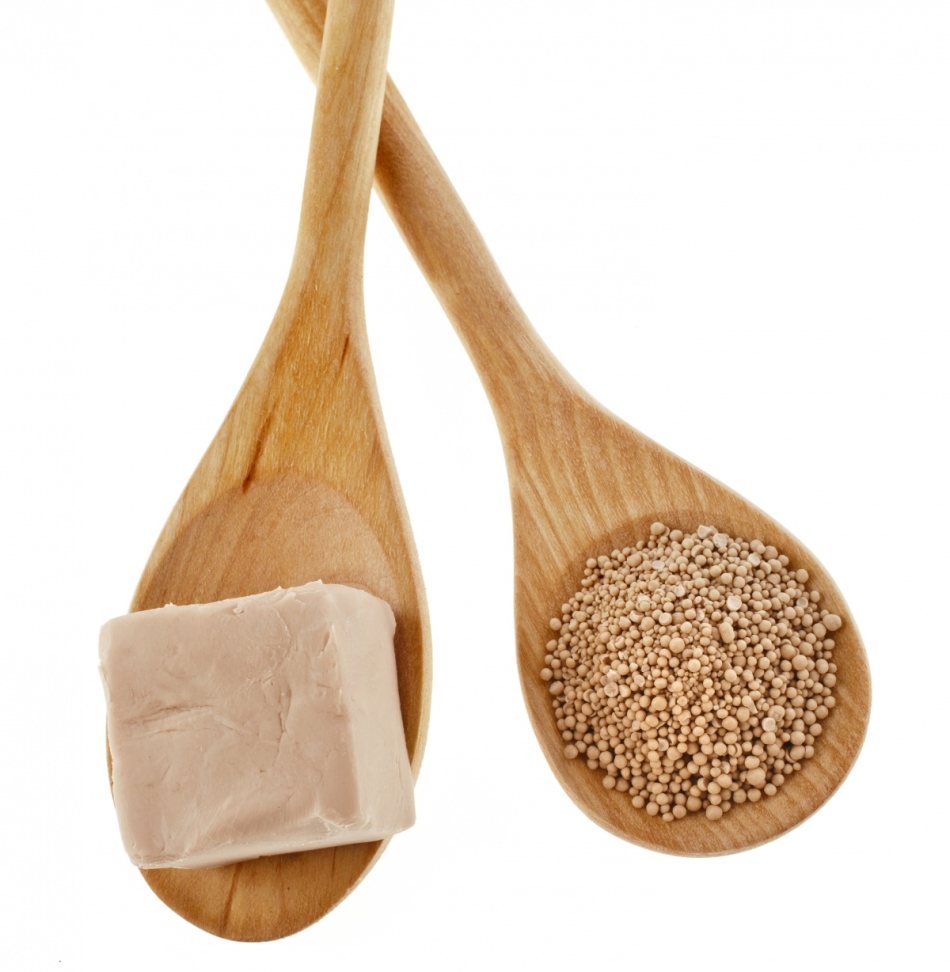The norms of the ratio of dry and fresh yeast.
Content
Now the stores have a huge amount of tasty and healthy baking. Many people like to have breakfast with a crispy butter with butter. But some housewives can prepare such miracles of cooking and independently. For the preparation of baking and use dry or pressed yeast.
The ratio of weight is dry and fresh, raw yeast: table
In almost any recipe, you can replace fresh yeast dry. Before replacing, it is necessary to understand the features and the difference between the yeast. Pressed are fresh, that is, living yeast. In the store they are sold in briquettes weighing 100 g and have a kind of aroma. They are wet to the touch and crumble a little.
In turn, there are two types of dry:
- Activated. They differ in large granules and are used to prepare a butter and fresh dough. You can knead and put it on a proof several times.
- Quick -acting. They resemble powder and mix immediately with flour. The dough immediately increases many times, but with repeated multiple, it rises poorly. Such yeast is more suitable for cooking pizza, Cheburs and fried pies.
Be careful when choosing yeast. Of the high -speed yeast, you should not knead the dough for Easter cakes and butter rolls. The bubbles will be small and the dough will rise poorly.

If fresh yeast is indicated in the recipe, you can easily replace them with active or high -speed dry. Also carefully study what kind of test you cook. If the recipe has butter, a lot of sugar and eggs, then the mass is very heavy and sticky. In order for such a dough to rise, the best yeast is needed. It is active or fresh. The fast -acting does not have enough “strength” on a numerous grinder and rise.
Approximate norms for replacing dry yeast fresh:
- If you take fresh for 100%, it will be 33% high -speed and 40% active
- That is, 100 g of fresh yeast can be replaced by 33 g of high -speed or 40 g of active

How many dry yeast do you need 25, 50, 100 grams of fresh?
Counting a mass of fresh yeast to dry is quite simple. We follow the proportions and solve a simple problem.
Recalculation of fresh yeast to dry:
- Active: 25 g of fresh can be replaced by 10 g, respectively 50 g fresh, it is 20 g active, and 100 g are fresh, it is 40 g active.
- Quick -acting: 25 g of fresh product can be replaced by 8 g of high -speed, 50 g - this is 17 g of rapidly acting, and 100 g fresh, this is 33 g of dry.

Dry yeast and fresh: ratio for moonshine, kvass, dough in grams
Remember, the better yeast grow at a temperature of 30 degrees. If water or milk is hotter, then you risk spoiling pastries. That is why carefully read the instructions on bags with yeast and do not violate the temperature regime.
It is worth considering that yeast of different companies may differ among themselves, so the most correct are the proportions presented on a bag of the product. Below is an approximate ratio of the number of different yeast.
Approximate norms:
- For the preparation of moonshine, 100 g of yeast per 1 kg of sugar is enough. Accordingly, for each kilogram of sand, 40 g of active and 33 g of high -speed yeast are needed.
- For the preparation of kvass, you should adhere to the recipe. For every 50 g of fresh yeast, 20 g of active and 17 g of high -speed.

A teaspoon of dry yeast: how many grams of raw?
In general, the data is slightly different in this regard. The teaspoon contains 5-7 g of dry yeast. Accordingly, a teaspoon of such a product will be enough to replace about 20 g of ordinary pressed yeast.
In order not to be mistaken and not to spoil the pastries, be guided by the instructions. Usually one yeast bag is designed for 1 kg of flour. Proportions may vary depending on the purpose of the test and its features.

As you can see, fresh yeast can be safely replaced with dry. This will not affect the taste of the finished dish.







